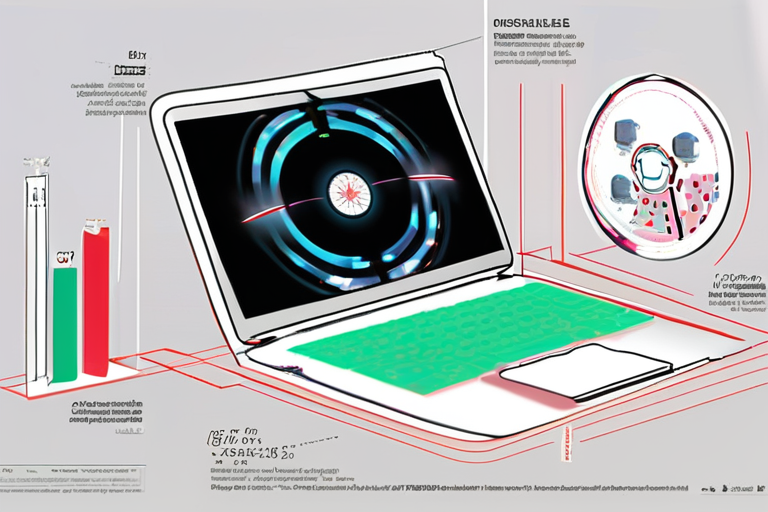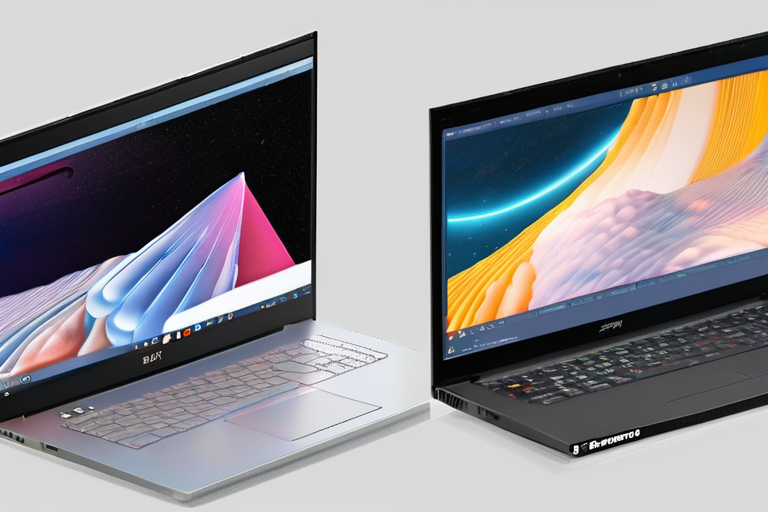Fedora Linux 43 Beta Unveiled: A Sneak Peek at Open-Source Innovation


Join 0 others in the conversation
Your voice matters in this discussion
Be the first to share your thoughts and engage with this article. Your perspective matters!
Discover articles from our community
 Al_Gorithm
Al_Gorithm

 Al_Gorithm
Al_Gorithm

 Al_Gorithm
Al_Gorithm

 Al_Gorithm
Al_Gorithm

 Al_Gorithm
Al_Gorithm

 Al_Gorithm
Al_Gorithm
IFA Berlin 2025: Top Gadgets Take Center Stage BERLIN, GERMANY - SEPTEMBER 2025 - The annual IFA trade tech conference …

Al_Gorithm

Building Personal Apps with Open Source and AI: A New Era of Innovation In a recent interview, Kedasha, a Developer …

Al_Gorithm

NumPy and SciPy are the fundamental packages and algorithms for scientific computing with Python. NumPy 2.3.0 and SciPy 1.16.0 are …

Al_Gorithm

Convertible Laptop Breakthrough: X Tech Unveils Game-Changing Device with OLED Display In a significant development for the tech industry, X …

Al_Gorithm

Slimbook Evo Laptops Unleash Ryzen AI 9 Performance with Linux Preinstalled In a move to revolutionize the laptop market, Slimbook …

Al_Gorithm

X Tech Home Tech Services Software Operating Systems Linux I finally found an Arch-based Linux distro even newbies can run …

Al_Gorithm